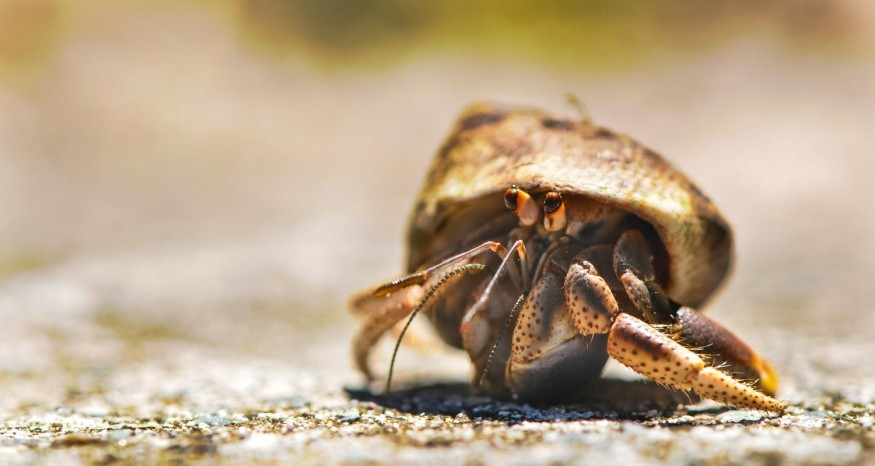
More than half a million hermit crabs died after being trapped in an 'avalanche' of plastic trash on two remote island groups, implying concern that the deaths could be part of a worldwide species decline.
In a frightening report of their trip to the Cocos (Keeling) Islands two years prior, researchers remembered seeing beaches that were "literally drowning in [an estimated 414 million pieces of] plastic."
Jennifer Lavers and her team now claim they did another alarming research while discovering through copious quantities of litter on that 2017 trip: Several bottles, cans, and containers were not empty.
Researchers discovered that 508,000 crabs were trapped in those plastics and passed away on the Cocos (Keeling) Islands archipelago in the Indian Ocean, along with 61,000 on Henderson Island in the South Pacific.
Their findings illustrate still another result of human-made waste that begins the world's oceans and pollutes its beaches - contaminating nature in ways that foster unsettling imagery. Hermit crabs lured into unsafe plastic bottles they cannot climb out of.
"[Is] Cocos unique, or is this a [result of] more [extensive] problem that could be happening anywhere?" Lavers, a researcher with the University of Tasmania's Institute for Marine and Antarctic Studies, told the Washington Post.
The predicament worsened as hermit crabs detect recently departed crabs for hunting newly available shells, heading to multiple crabs, becoming trapped in the same area. More than 500 crabs, in a case, were found in a single plastic container.
"The problem is quite [deceptive] because it only takes one crab," says Dr. Alex Bond, Natural History Museum's senior curator and one of the report's researchers.
Since hermit crabs do not have their own shell, Bond explained that these creatures emit a chemical signal there's a shell available when one of their buddies die, which attracts more crabs. "Essentially, it is this [fearful] chain reaction," Bond said.
Hermit crabs are an essential part of tropical environments as they scatter seeds, aerate, and fertilize the soil, so their deterioration could have a significant impact on surrounding ecosystems.
Previous examinations have found high levels of plastic pollution at both sites. Cocos Islands and Henderson Island are highly contaminated, with 414m and 38m pieces of debris, respectively, found on their beaches and in nearby shrubs.
"[The debris] entangles and is ingested by wildlife in the ocean; it also acts as a trap on land but can also be a physical barrier to species moving along the ground," Bong said. He added the potential for plastics to cause damage on land was under-acknowledged.
Lavers, who led the study, said the results are shocking but not surprising since a wide range of wildlife frequents beaches and the vegetation that fringes them.
"It is [certain] that these animals will communicate with and be affected by plastic pollution, although ours is one of the first investigations to produce quantitative data on such impacts," Lavers said.
The researchers said their findings show the need for an urgent investigation into the death rate of hermit crabs worldwide.
© 2025 NatureWorldNews.com All rights reserved. Do not reproduce without permission.





